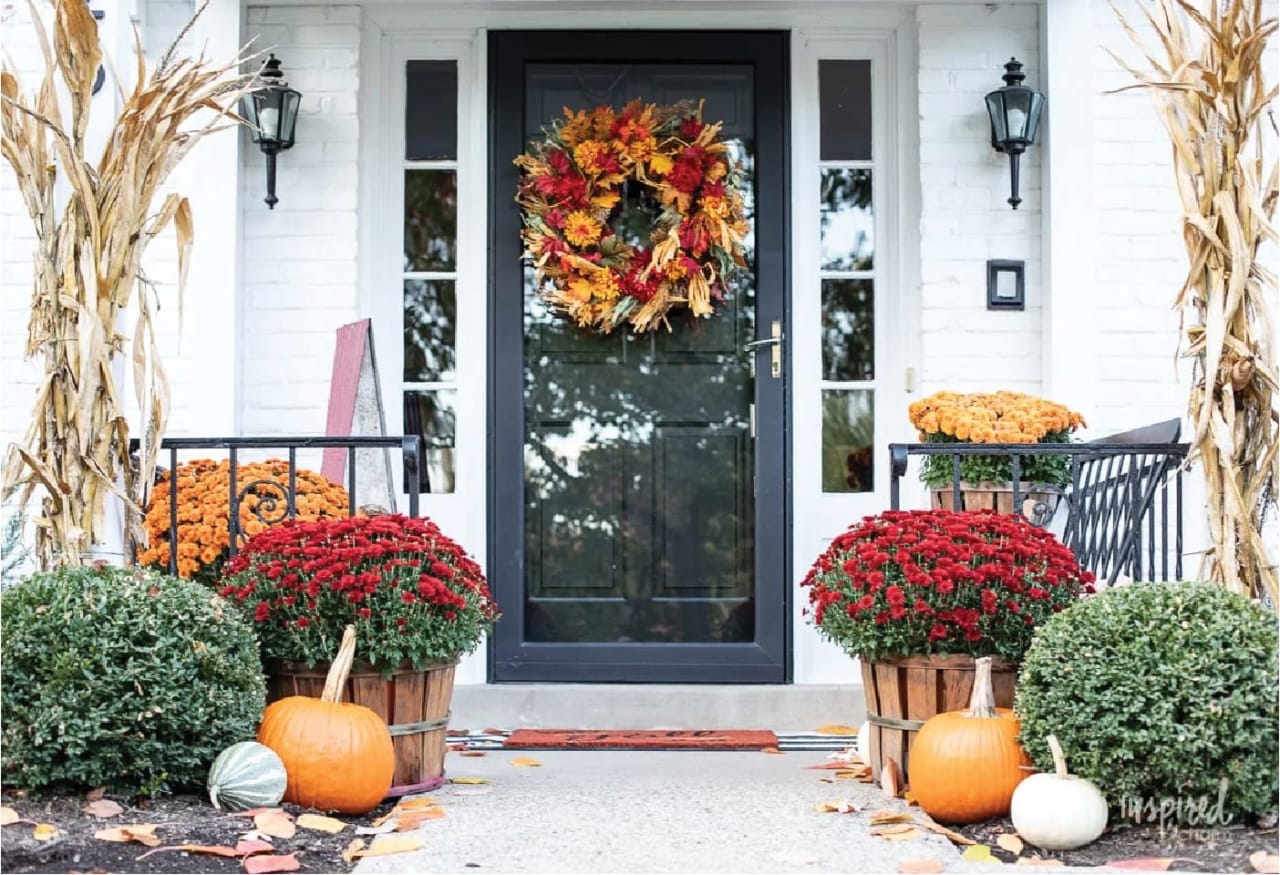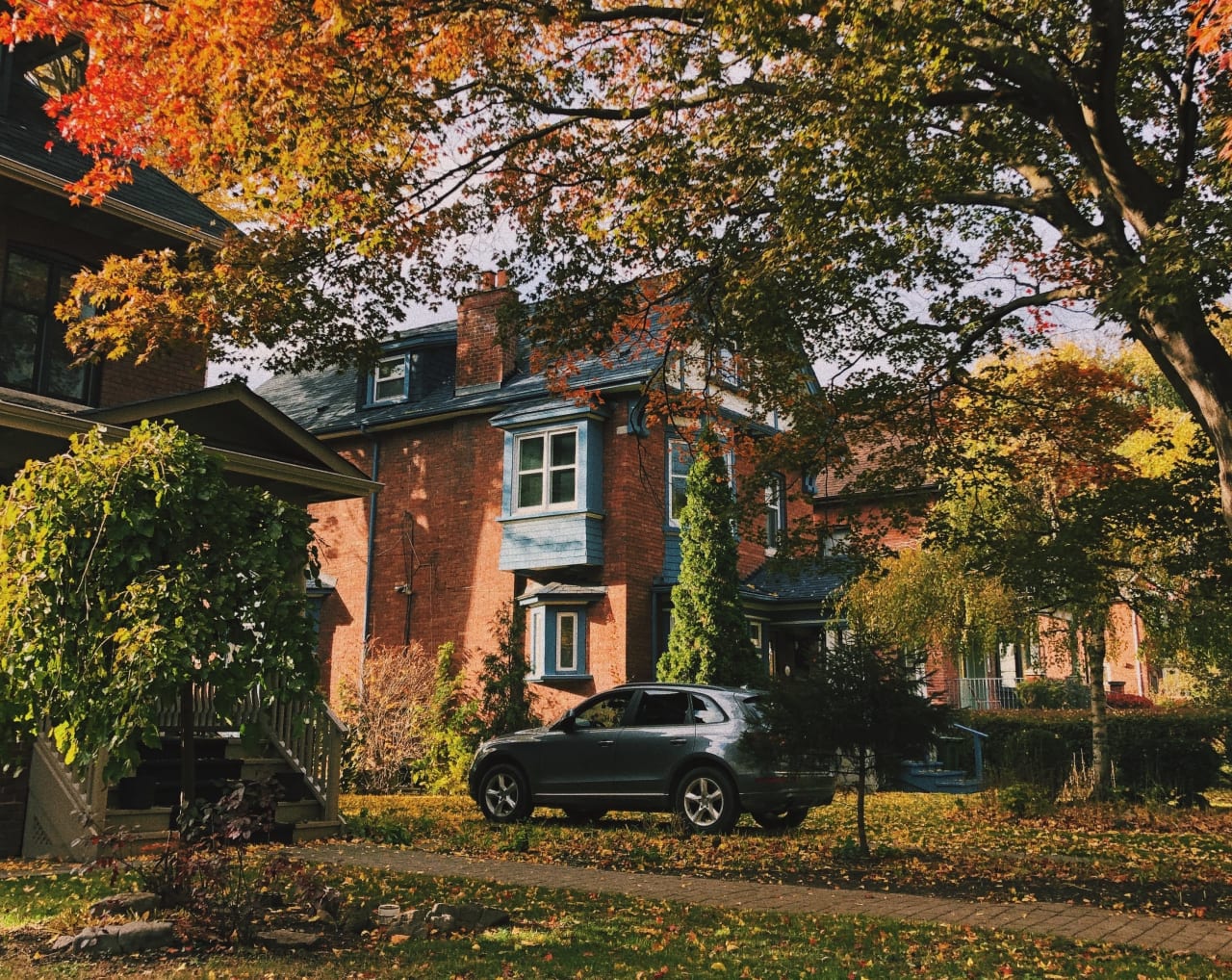For once in a very long time as I write this, we’re in the middle of a huge rainstorm. I’d almost forgotten what that was like! It made me think about the things we should all be doing to make sure our homes stay safe and watertight. Check these parts of your home annually or more often as needed:
Gutters. Once a year make sure all your gutters are clean and that your downspouts are free and clear of debris. Do the downspouts direct water away from your property foundation? Make sure they’re not directing it onto your neighbor's property instead! Water should be dispersed as widely as possible before it leaves your own property.
Roof. Is it clear of moss and leaves that could impede drainage? Is it worn in spots, or need resurfacing? Are there loose or missing shingles? Are the flashings around vents in good shape and functional?
Chimney. How do the flashings around it look? The bricks and mortar? Is the chimney cap in good shape? Is the opening protected against debris and birds getting stuck? There are companies that handle all this.
Sump pump. Make sure it’s fully operational and test it annually. Nothing is worse than a flooded basement with precious photos and possessions in the path of water. I have experienced this myself and it is heartbreaking, so make sure any real treasures are off the floor.
Plants. Once a year have an arborist take a look at your large trees. If one falls on a neighbor’s house or takes out someone's fence, it can be seriously expensive (I know!), and even if insurance pays for it, your premium may go up or you may get canceled. (Insurance companies seem to use any excuse to cancel us in the hills).
Retaining walls. In really wet weather, retaining walls may fall over and small slides can occur. Take stock of your hillsides, and see if adding a retaining wall could benefit your property. It’s costly, but well worth it to stop slides and in dry weather to stop erosion. Plant stabilizing plants like certain ground covers, and grasses like tall fescue that hold hillsides.
Decks. Make sure the footings are not being affected by water damage.
Roadwork. If you have had roadwork on your street, make sure the berms the city has erected are not redirecting water differently and causing water damage to your hillsides and property. If you’re on a hillside, consider building a French drain around your home to wick water away from the foundation.
Windows. Is there any evidence of water intrusion around your windows? It may be time to upgrade to more energy efficient windows anyway.
Doors. Water can intrude through doors and thresholds. Check that yours are watertight and/or weatherstripped. While you’re at it, make sure the doors work and are not swelling and getting hard to open or close.
Paint. Make sure the exterior paint is holding up. Water can penetrate poorly painted walls.
All these things will make your home more cozy in winter storms, and will also make it easier to sell your property when it comes time, because deferred maintenance always comes back to bite you financially in a house sale.


















































